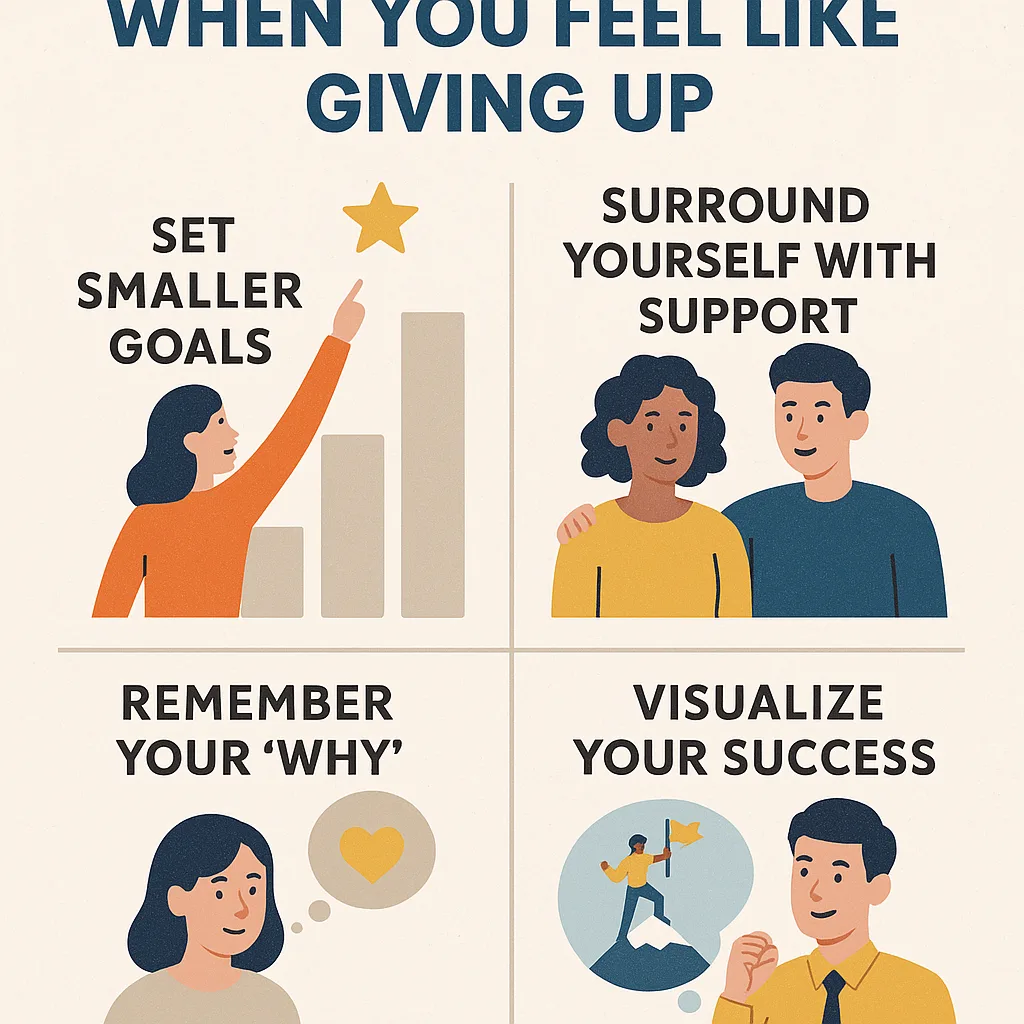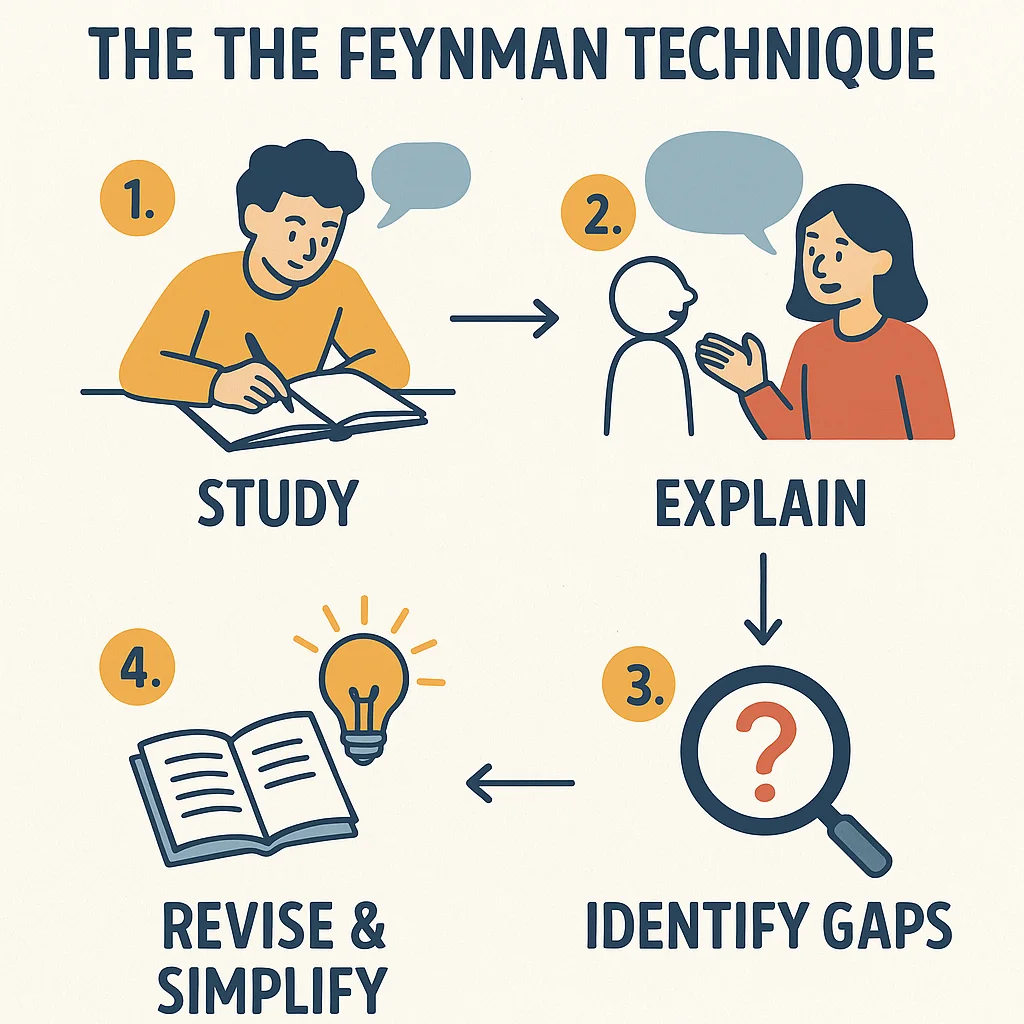In our tech-driven world, email continues to be one of the most widely used communication tools, serving personal, academic, and professional needs. Yet, composing effective emails can be tricky, as you strive to convey your message in a clear and professional manner. This comprehensive resource offers guidance and proven strategies to help you craft emails that are concise, impactful, and tailored to diverse contexts.
Understanding the Basics
Before diving into specific tips, it's essential to understand the basic structure of an email. A typical email consists of the following components:
-
Subject Line: A brief summary of the email's content.
-
Greeting: A polite opening that addresses the recipient.
-
Body: The main content of the email.
-
Closing: A courteous sign-off.
-
Signature: Your name and, if applicable, additional contact information or professional details.
Tips for Writing Effective Emails
1. Craft a Compelling Subject Line
The subject line is the first thing recipients see, and it often determines whether they open your email. A good subject line should be:
-
Clear and Specific: Provide a clear and concise summary of the purpose of your message. Instead of a vague subject line like "Meeting," consider something more descriptive like "Requesting a Meeting to Discuss Project Updates." This helps the recipient understand the context and importance of the email at a glance.
-
Concise: Maintaining consistent quality and reliability, our company delivers innovative solutions tailored to your unique needs, ensuring exceptional outcomes.
-
Relevant: To prevent misleading the recipient, make sure it appropriately conveys the substance of the email.
2. Use an Appropriate Greeting
The greeting sets the tone for your email. Choose a greeting that matches the formality of your relationship with the recipient:
-
Formal: In official or business emails, start your messages with "Dear [Title] [Last Name]," for example, "Dear Dr. Smith."
-
Semi-Formal: For coworkers or acquaintances, use "Hello [First Name]" or "Hi [First Name]".
-
Informal: Say "Hi [First Name]" or just "Hi" to close friends and coworkers.
3. Start with a Clear Purpose
Begin the body of your email by stating its purpose. This helps the recipient understand the context immediately:
-
Example: "I am writing to request a meeting to discuss the upcoming project milestones."
4. Keep the Content Concise and Focused
Long, rambling emails can lose the recipient's attention. Keep your email concise by focusing on the main points:
-
Use Short Paragraphs: Divide your writing into manageable paragraphs.
-
Bullet Points: To draw attention to important details, use numbered lists or bullet points.
-
Avoid Unnecessary Details: Remain on topic and refrain from digressions.
5. Be Clear and Direct
Ensure your email is easy to understand by using clear and direct language:
-
Avoid Jargon: Steer clear of employing technical jargon unless you are certain the receiver understands.
-
Be Specific: When required, include particular information such names, dates, and times.
6. Use a Professional Tone
Maintain a professional tone, especially in business or academic emails:
-
Polite Language: Speak in a nice and polite manner. Expressions such as "thank you" and "please" are quite helpful.
-
Positive Tone: Even if the topic is serious, try to keep a cheerful attitude.
7. Proofread Before Sending
Always proofread your email before hitting send to catch any errors or typos:
-
Check for Spelling and Grammar Errors: In addition to using spell checkers, carefully go over your emails.
-
Verify Facts and Figures: Make sure all of the information is current and accurate.
-
Read Aloud: You can identify bad phrasing and imprecise sentences by reading your email aloud.
8. Include a Clear Call to Action
If you need the recipient to take action, be sure to include a clear call to action (CTA):
-
Example: "Please let me know your availability for a meeting next week" or "Kindly review the attached document and provide your feedback by Friday."
9. Use a Polite Closing
End your email with a polite closing that matches the tone of your greeting:
-
Formal: Use "Sincerely," "Best regards," or "Yours faithfully."
-
Semi-Formal: Use "Best," "Regards," or "Thank you."
-
Informal: Use "Thanks," or "Take care."
10. Add a Professional Signature
Include a signature that provides additional contact information and, if relevant, your professional details:
Best regards,
John Doe Marketing Manager,
XYZ Corporation Phone: (123) 456-7890,
Email: john.doe@xyz.com
Advanced Tips for Specific Contexts
1. Business Emails
When writing business emails, it's essential to maintain professionalism and clarity:
-
Use a Formal Structure: Adhere to a formal framework, particularly when speaking with clients or superiors.
-
Stay Professional: Steer clear of slang and extremely informal language.
-
Follow Up: After a few days, write a courteous follow-up email if you don't hear back.
2. Academic Emails
Academic emails often require a higher level of formality and attention to detail:
-
Address Titles Correctly: When addressing academic members, use appropriate titles (e.g., Dr., Professor).
-
Be Respectful: Be mindful of the recipient's situation and time.
-
Include Relevant Information: Give all the information that is required, including your student ID, the name of the course, and any special requests or inquiries.
3. Job Application Emails
When applying for a job via email, your message should be well-crafted and professional:
-
Use a Clear Subject Line: For instance, "Application for Marketing Manager Position."
-
Include a Formal Greeting: If at all feasible, address the hiring manager by name.
-
Attach Documents Correctly: Make sure to send your cover letter, résumé, and any other necessary files.
-
Keep the Email Body Brief: In the email body, briefly describe your qualifications and areas of interest. Point the recipient to your attachments for further information.
4. Follow-Up Emails
Follow-up emails are crucial for maintaining communication and ensuring tasks are completed:
-
Be Polite and Professional: Even when you are following up on things that are past due, keep your tone professional and courteous.
-
Include Previous Correspondence: Please offer context by referring to your prior email.
-
Be Clear About Next Steps: Indicate to the receiver exactly what you want them to do next.
Common Mistakes to Avoid
-
Vague Subject Lines: Steer cautious of subject lines that don't convey the email's content clearly.
-
Overly Long Emails: Make sure your emails are brief and direct.
-
Lack of Proofreading:Proofread your emails frequently to prevent mistakes and miscommunications.
-
Casual Language in Formal Emails: When writing serious or business emails, refrain from utilizing slang or informal language.
-
Forgetting Attachments: Prior to sending the email, make sure you have attached all required papers.
Conclusion
Effective email writing is a critical ability in the modern digital age. You may write emails that are impactful, professional, and easy to understand by adhering to these guidelines and best practices. Always remember to reread your communications before sending them, adjust your strategy depending on the audience and circumstances, and speak in a kind and respectful manner. By using these techniques, you may improve the way you communicate and make sure your emails accomplish their goals.





Leave a Reply